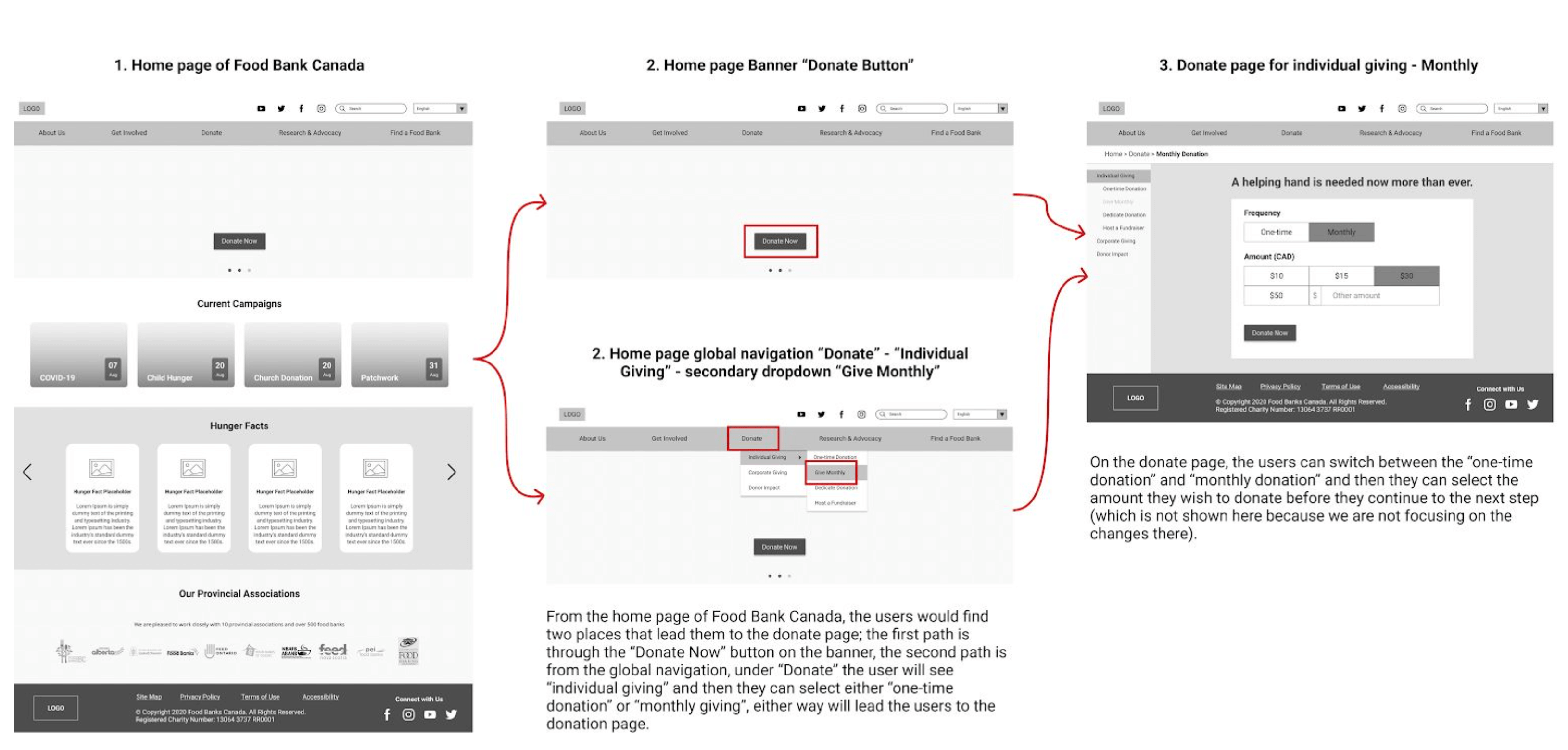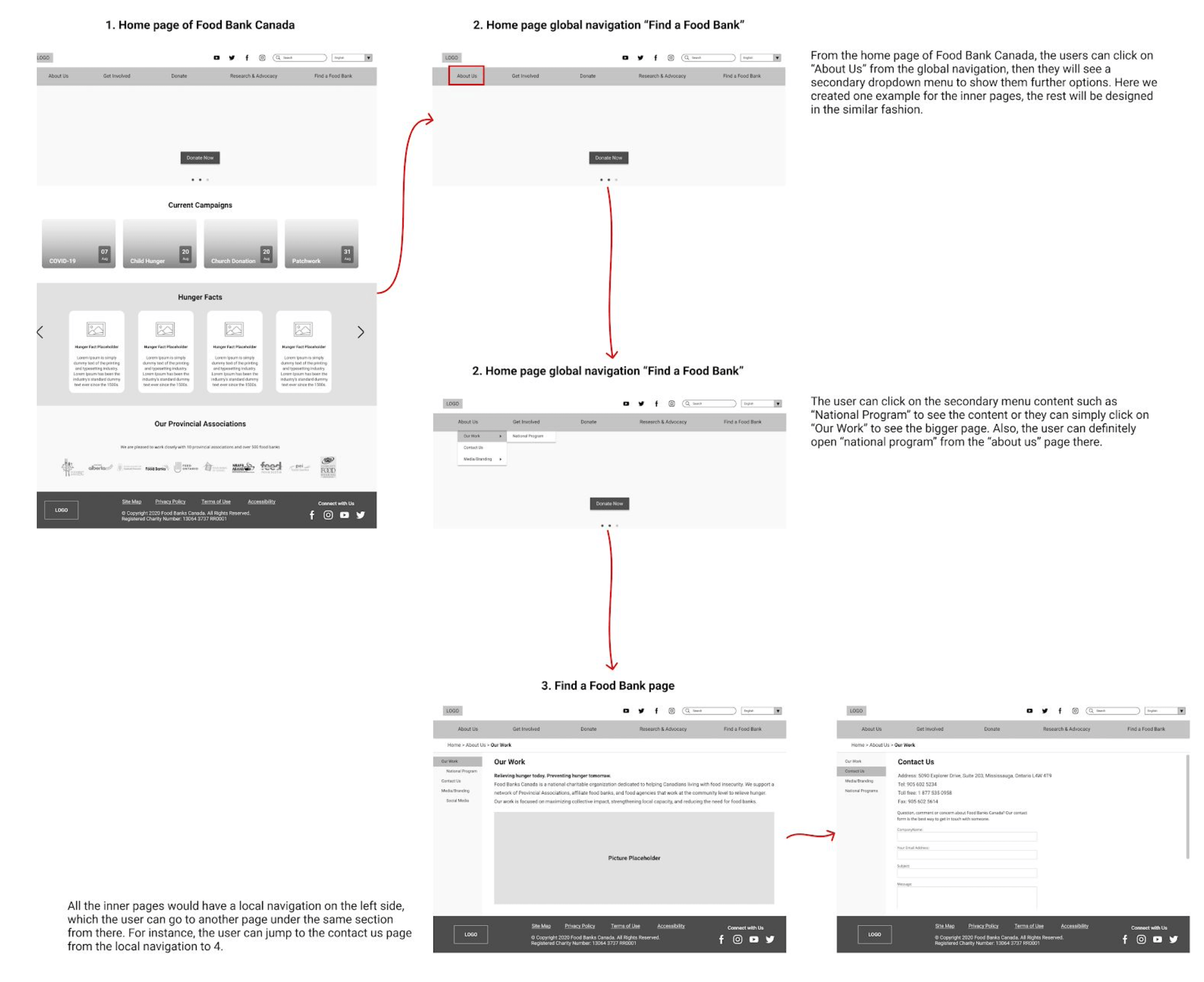Research
Content Audit
For the analysis of the website I started with a content audit. I used OnPoint Suite’s content auditor tool to perform our research, the auditor scraped through 100 pages on the Food Banks Canada website to determine content experience, search engine optimization, media, and the website’s responsive readiness.
Major Findings
The Flesch-Kincaid scale measures reading ease on a scale from 0 – 100, where 60 – 70 is a recommended range.

The website received a rating of 42.6

Reading grade
of 12.8.

Average reading time on each page was 6.5 minutes
In total, the audited pages contained 165 images, mostly in JPEG format, and 63 of those images had missing alt text. Basically, 38% of all images present on the website had no description and hence would not be described to users that require accessibility services.
Current IA Schematic
We then represented the schematic diagram of the current IA of the website to understand the organizational, labelling and navigation system.
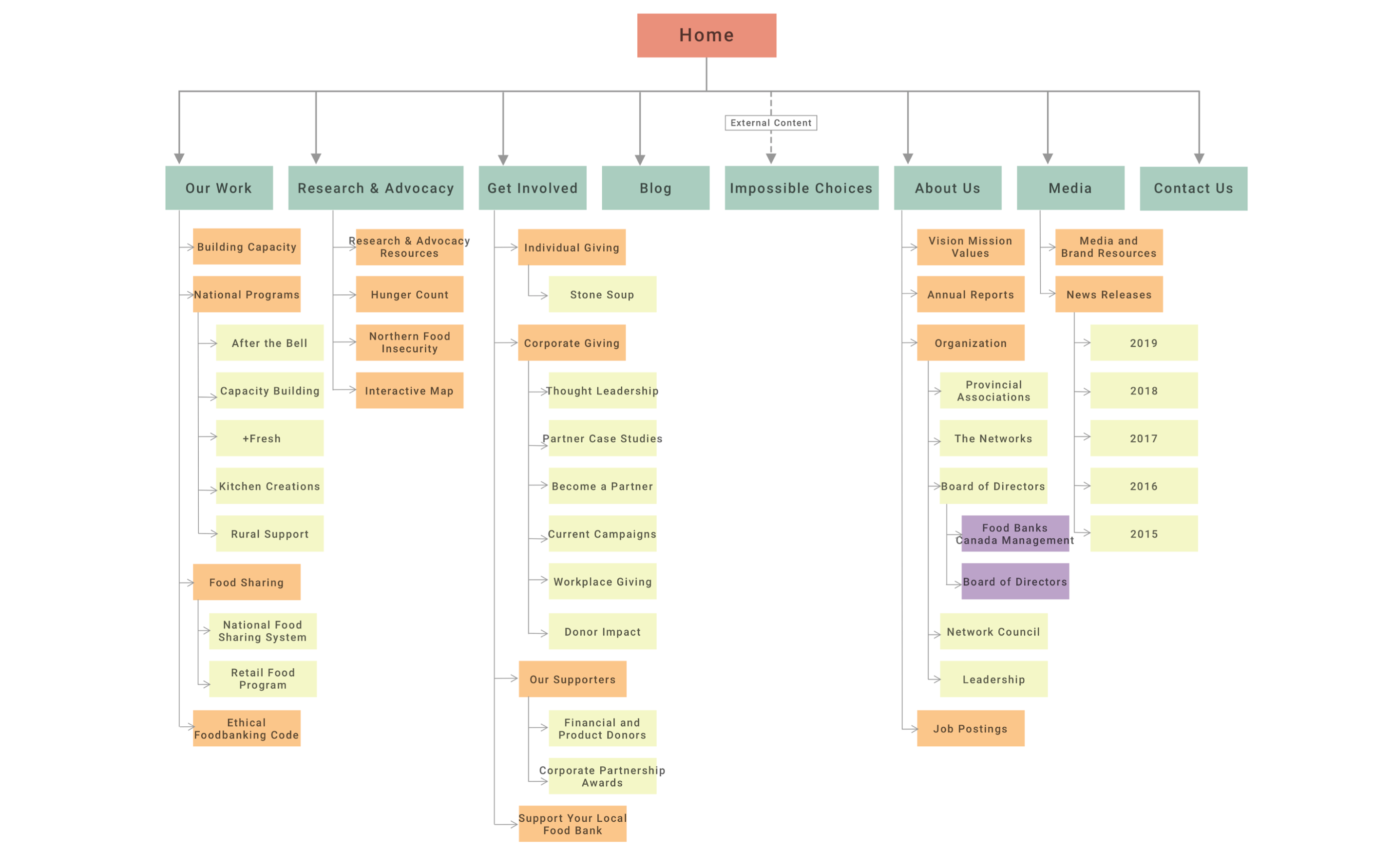
Organizational System
The complete organization system was assessed on two aspects: Does it support casual browsing, and does it support directed searching. The global navigation menu revealed an ambiguous organizational scheme which actually works well to facilitate associative learning.
Labelling System
Headings are used throughout the website to delineate content further into categories that are consistent with the labels that are used. However, there are some pages with missing H1 titles. This is consistent with the content auditor results.
Navigational System
The website makes proper use of a global navigation system. Instead of blending in with the rest of the content it stands out, with yellow border fills, making it easier to locate right away. There are navigational aids such as breadcrumbs present to assist users along their search for information.



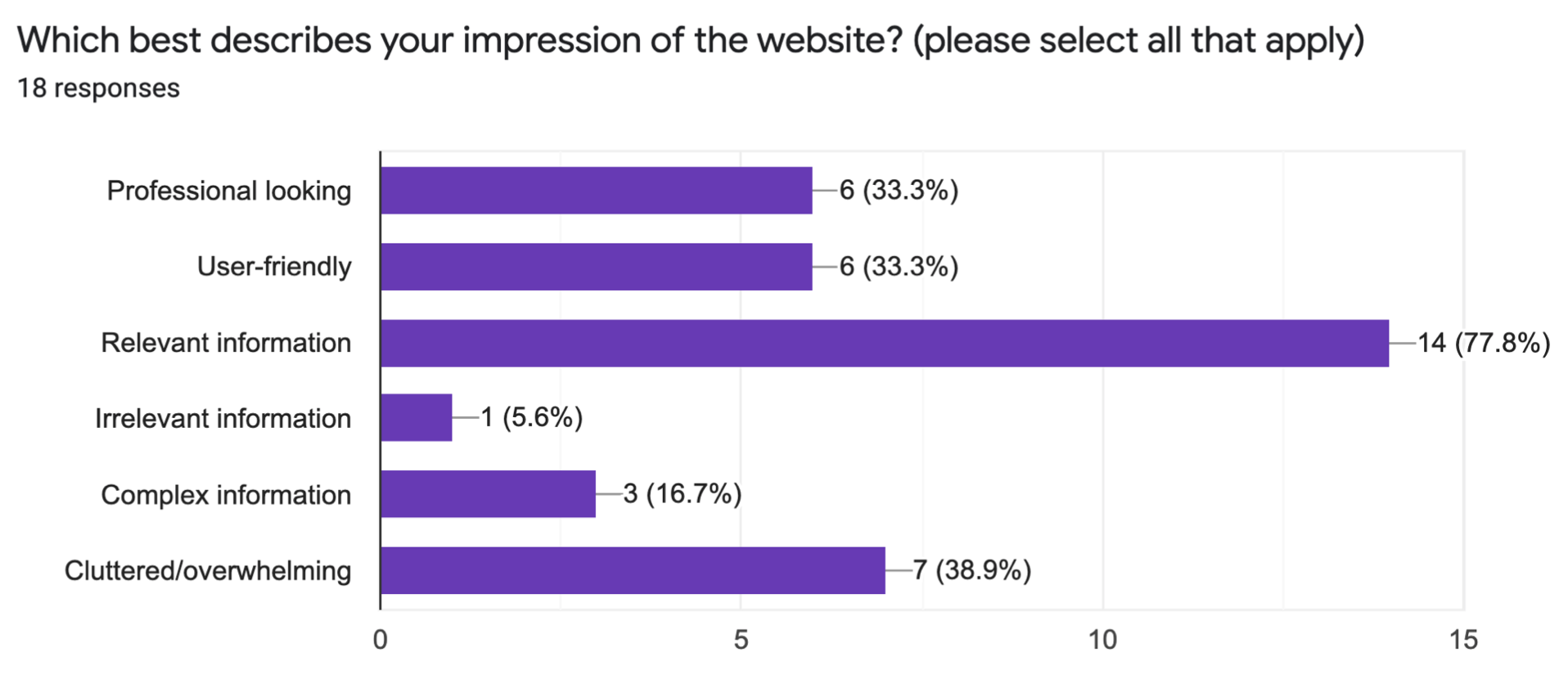
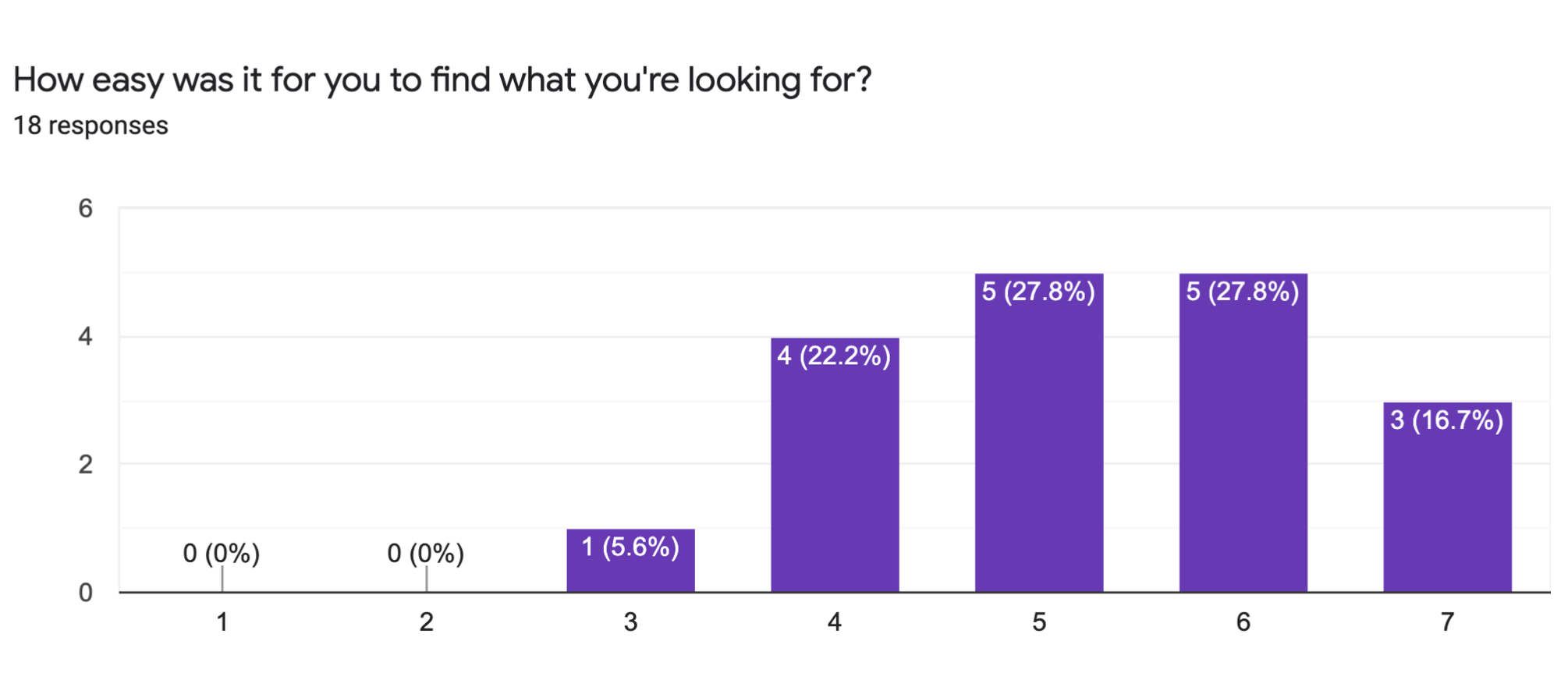
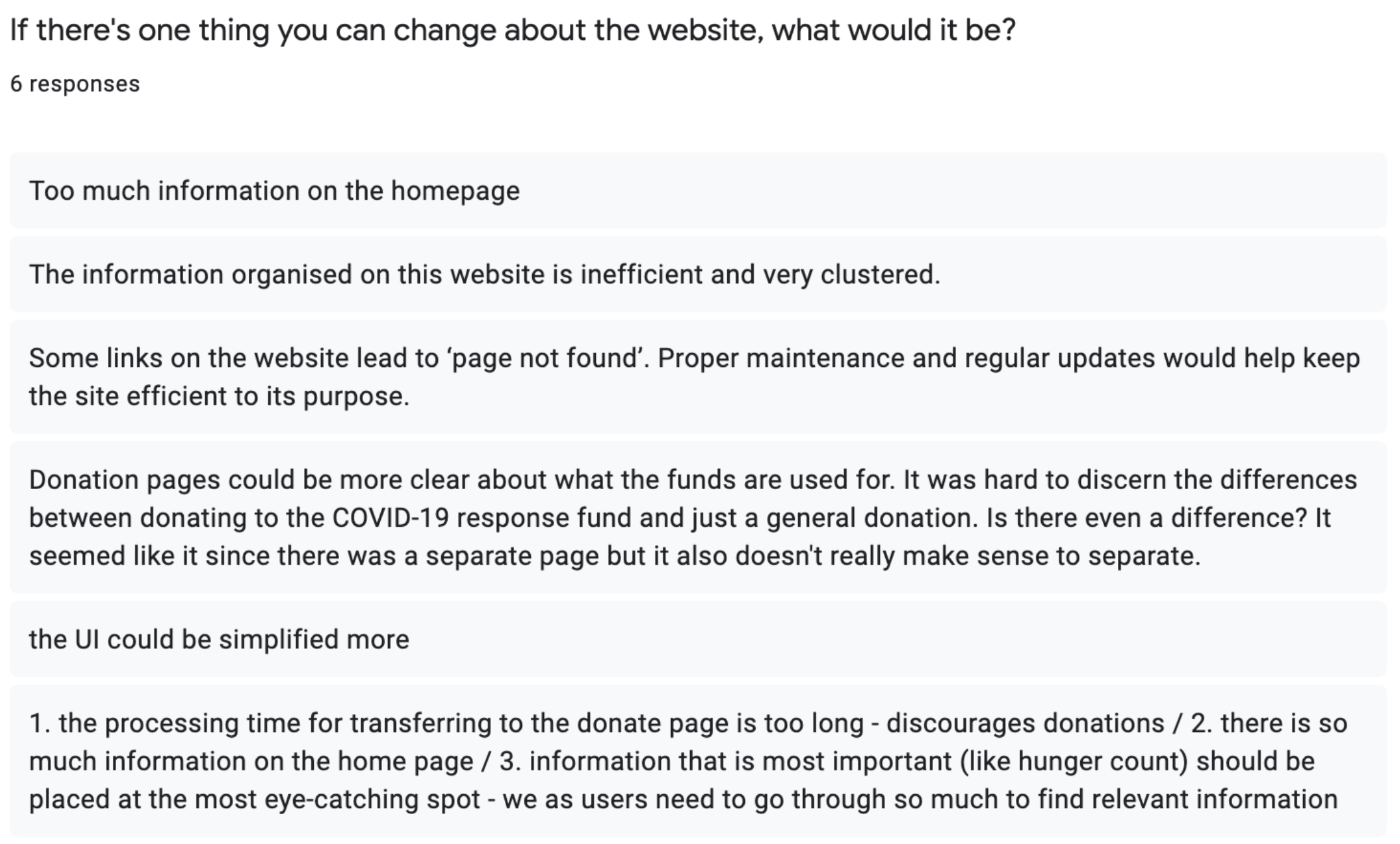

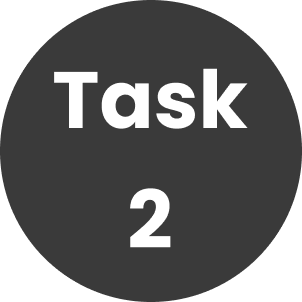
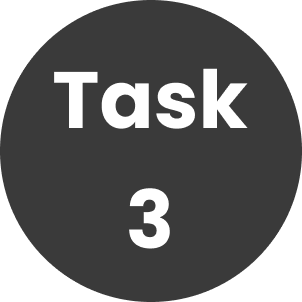

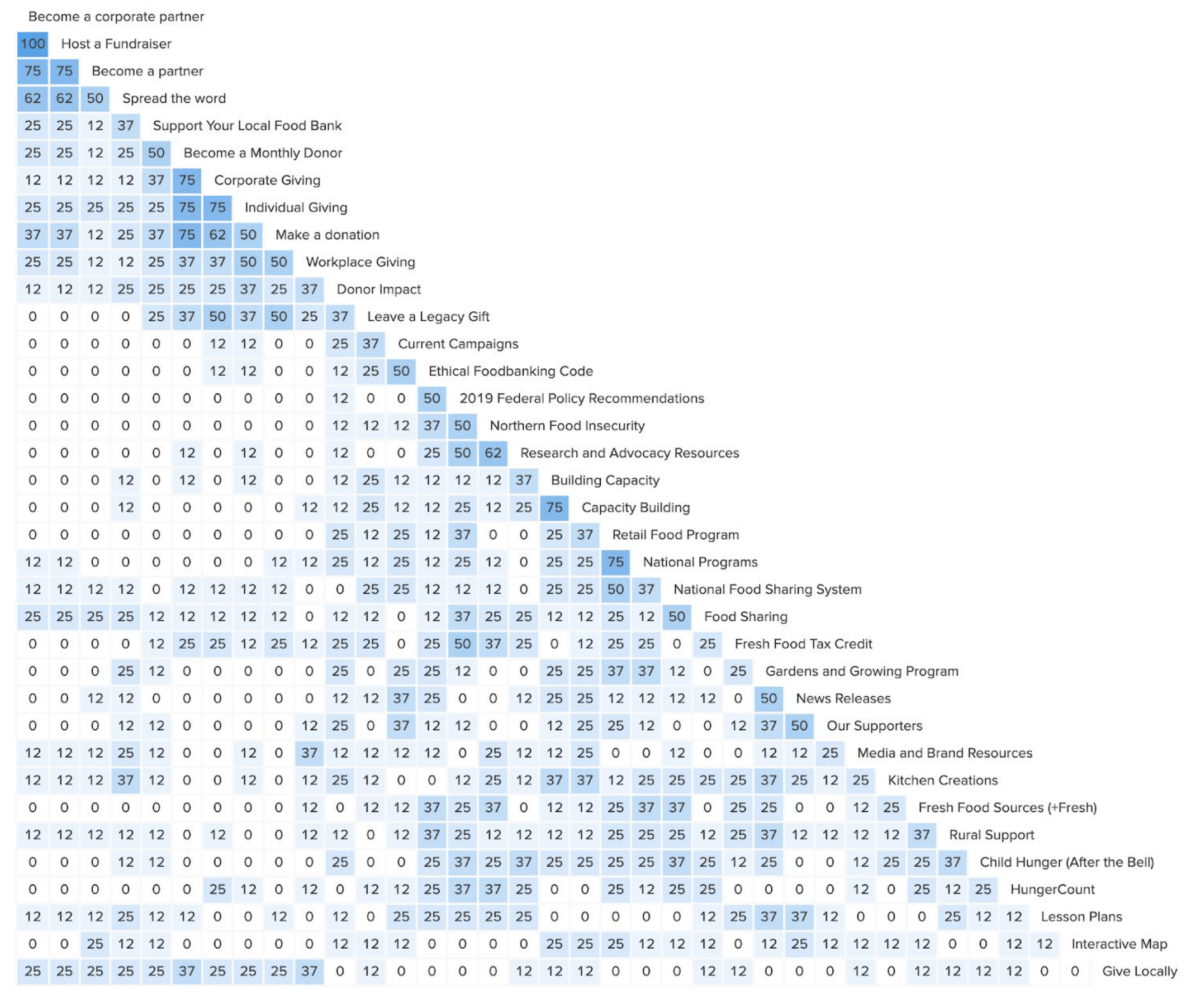
.png)
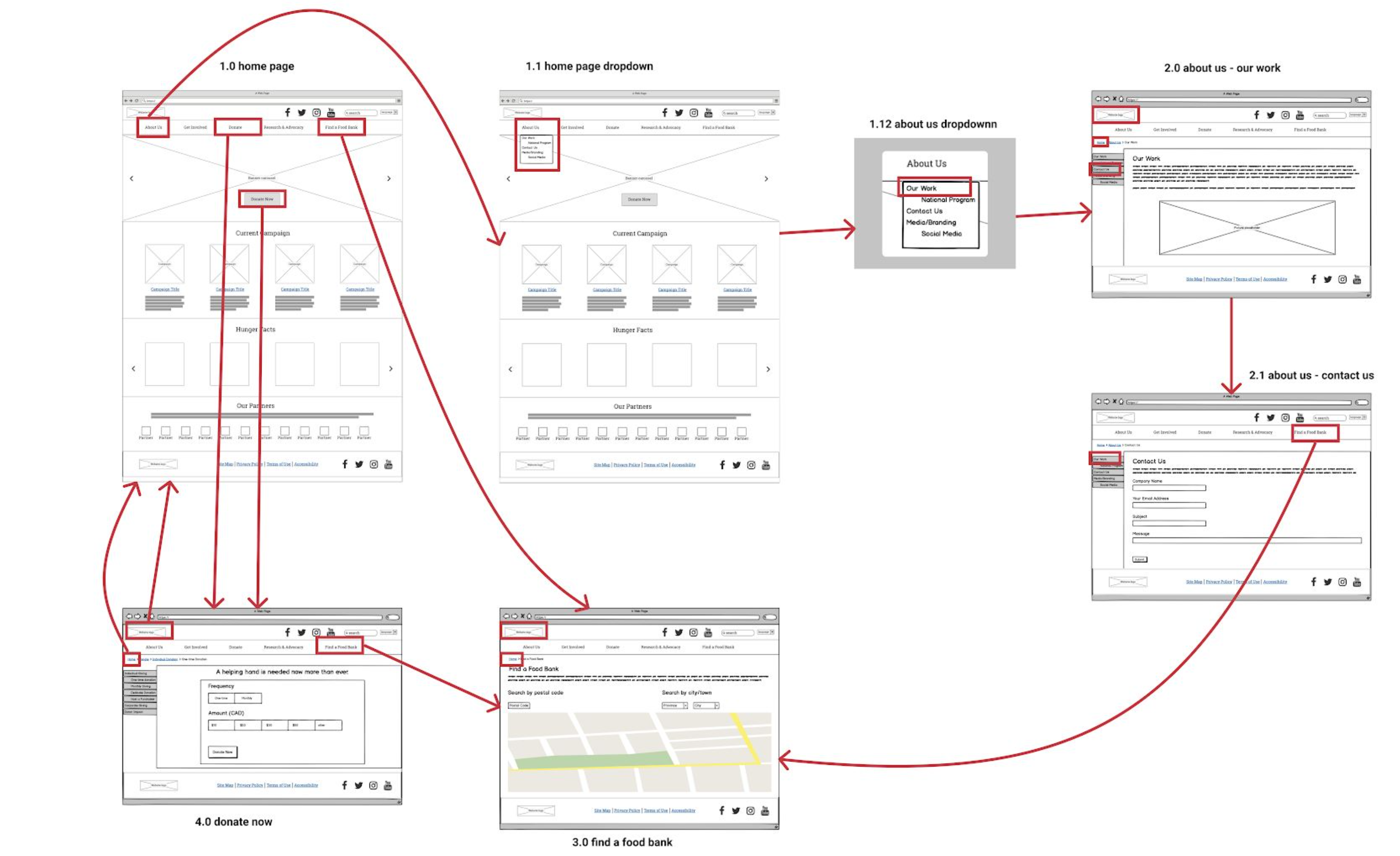
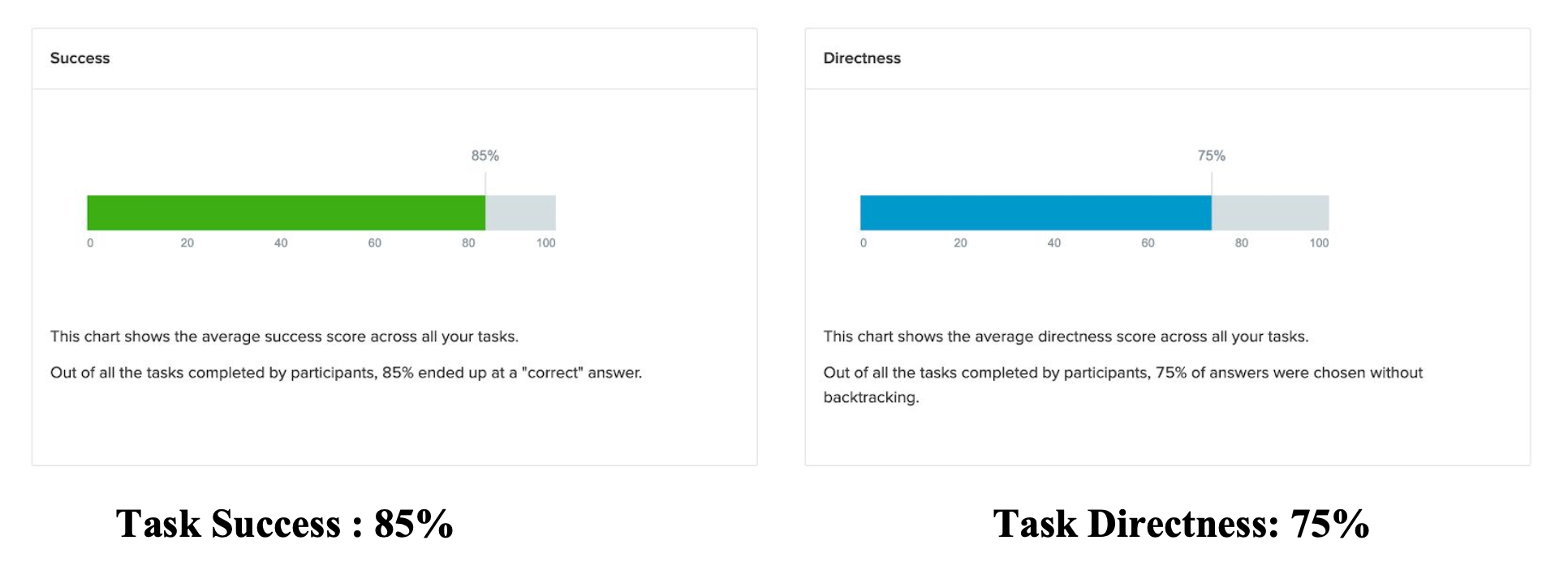

.png)
